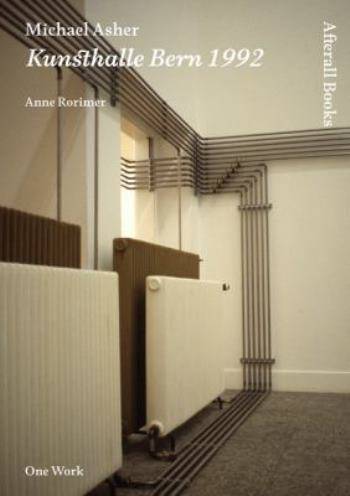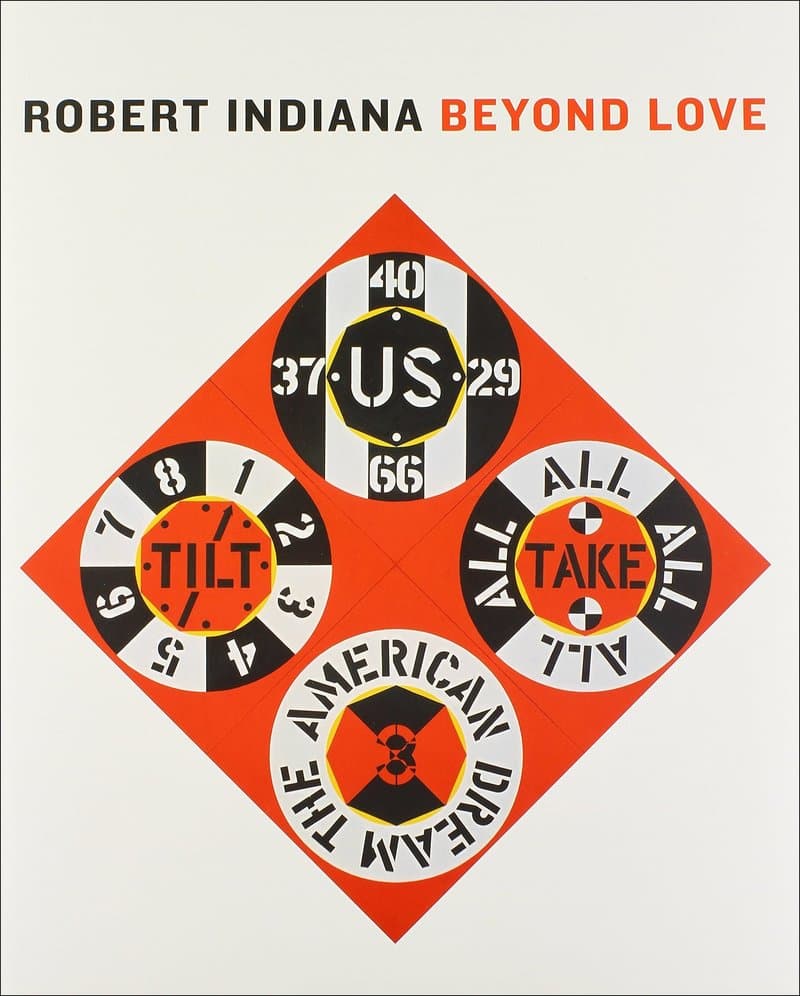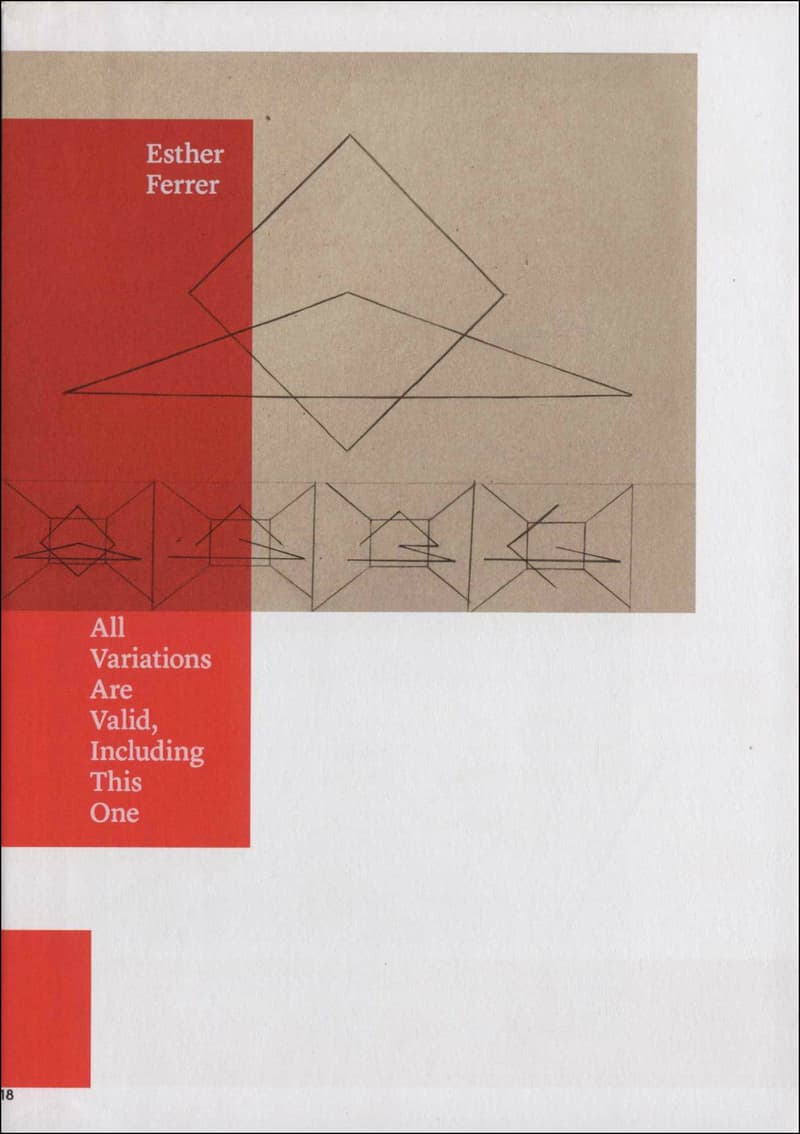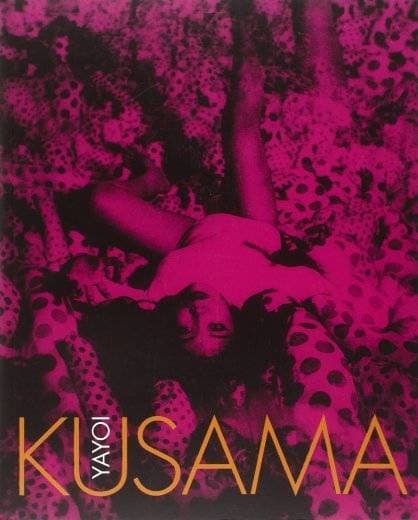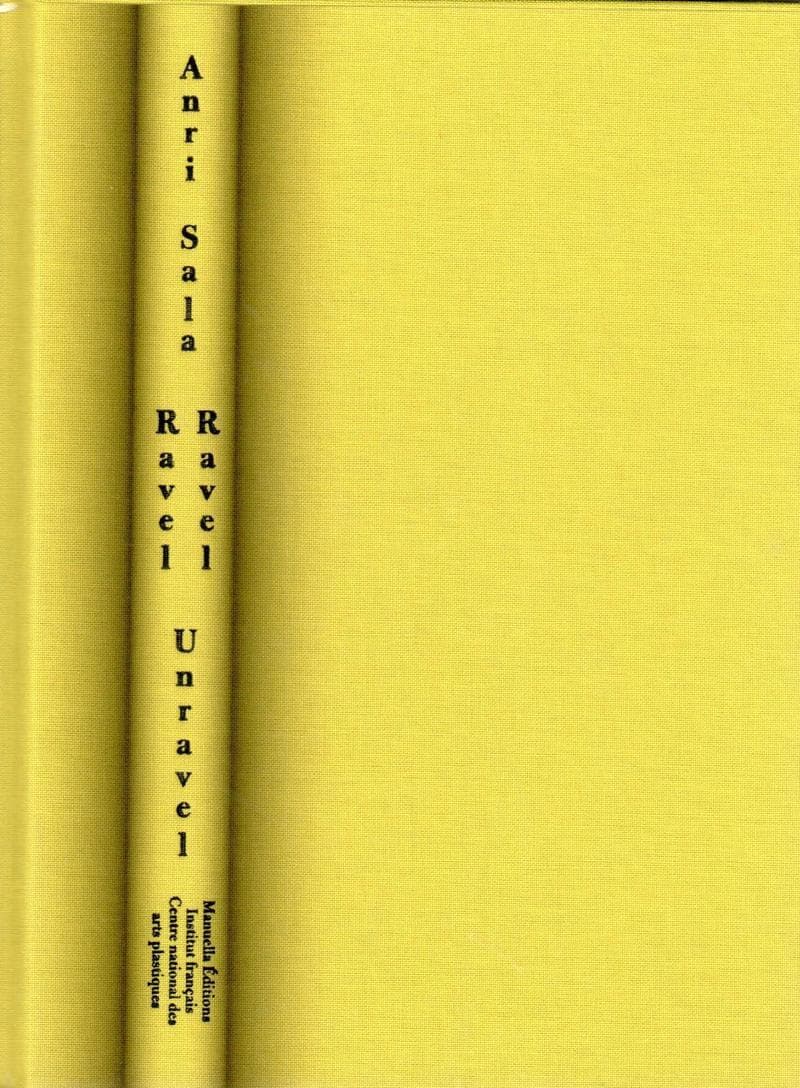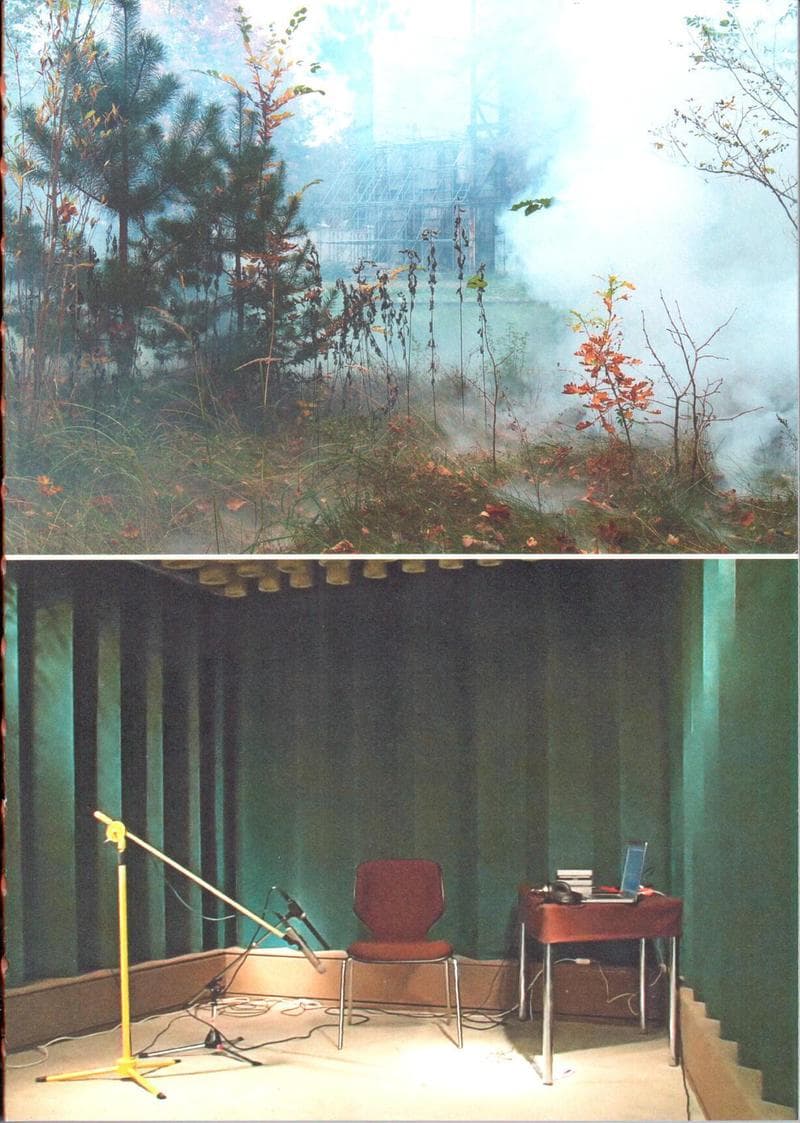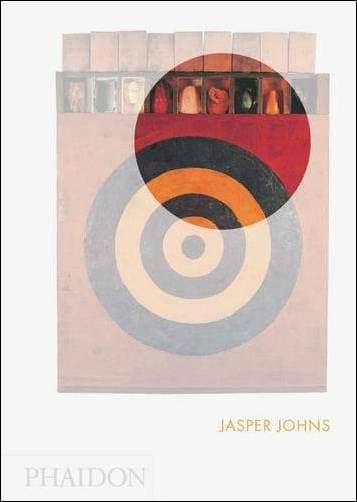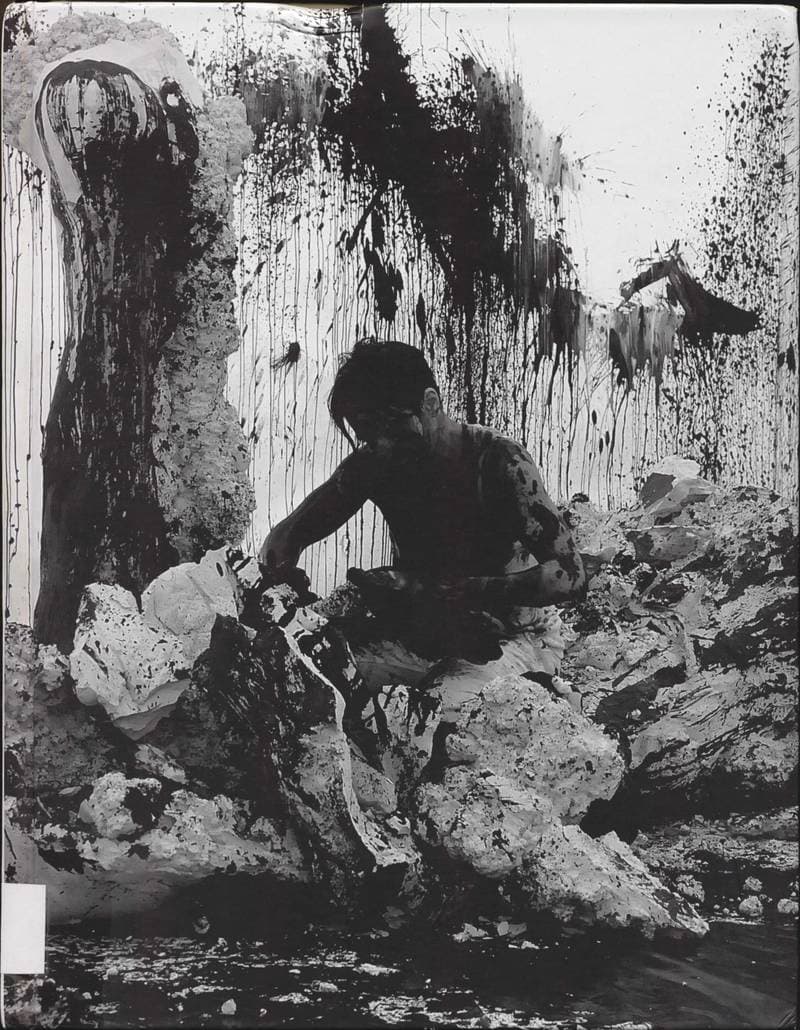Michael Asher: Kunsthalle Bern, 1992
Michael Asher (born in 1943), one of the foremost installation artists of the Conceptual art period, is a founder of site-specific practice. Considered a progenitor of institutional critique, he spearheaded the creation of artworks imbued with a self-conscious awareness of their dependence on the conditions of their exhibition context. In the work Kunsthalle Bern 1992, Asher removed the radiators from all the museum's exhibition spaces and reassembled them in its entryway gallery. Metal pipes connected the relocated radiators to their original sockets; these tubular conduits, coursing in linear fashion along the Kunsthalle's walls, kept the steam heat flowing and endowed the installation with directional lines of force. This “displacement of givens” offers a perfect example of site-specific practice, one that took the gallery space and the institution itself as its subject. In this detailed examination of Kunsthalle Bern 1992, Anne Rorimer considers the work in the context of Asher's ongoing desire to fuse art with the material, economic, and social conditions of institutional presentation. Rorimer analyzes Kunsthalle Bern 1992 in relation to the earlier innovations of such minimalist artists as Donald Judd, Carl Andre, Robert Morris, Sol LeWitt, Bruce Nauman, and Dan Flavin as well as to such conceptualist contemporaries as Daniel Buren, Dan Graham, and Maria Nordman. She also considers the installation in the context of other works by Asher that have used non-art, functional elements, including walls, or that have investigated museological issues.
Данные книги
Лондон
2012
116 страниц
9781846380938
Открытый доступ
Да
Нет
709.203 Ash
1
- Anri Sala: Answer Me2016
- Robert Indiana: Beyond Love2013
- Wilhelm Sasnal2011
- Alice's Adventures in Wonderland: With Artwork by Yayoi Kusama2012
- All Variations Are Valid, Including This One2017
- Yayoi Kusama2012
- Anri Sala: Ravel Ravel Unrave2013
- Gabriela Löffel2015
- Jasper Johns2014
- Francis Bacon: Catalogue Raisonne. Volume III. 1958–19712016
- Sophie Calle. Double Game2007
- Anastasia Ax2014
